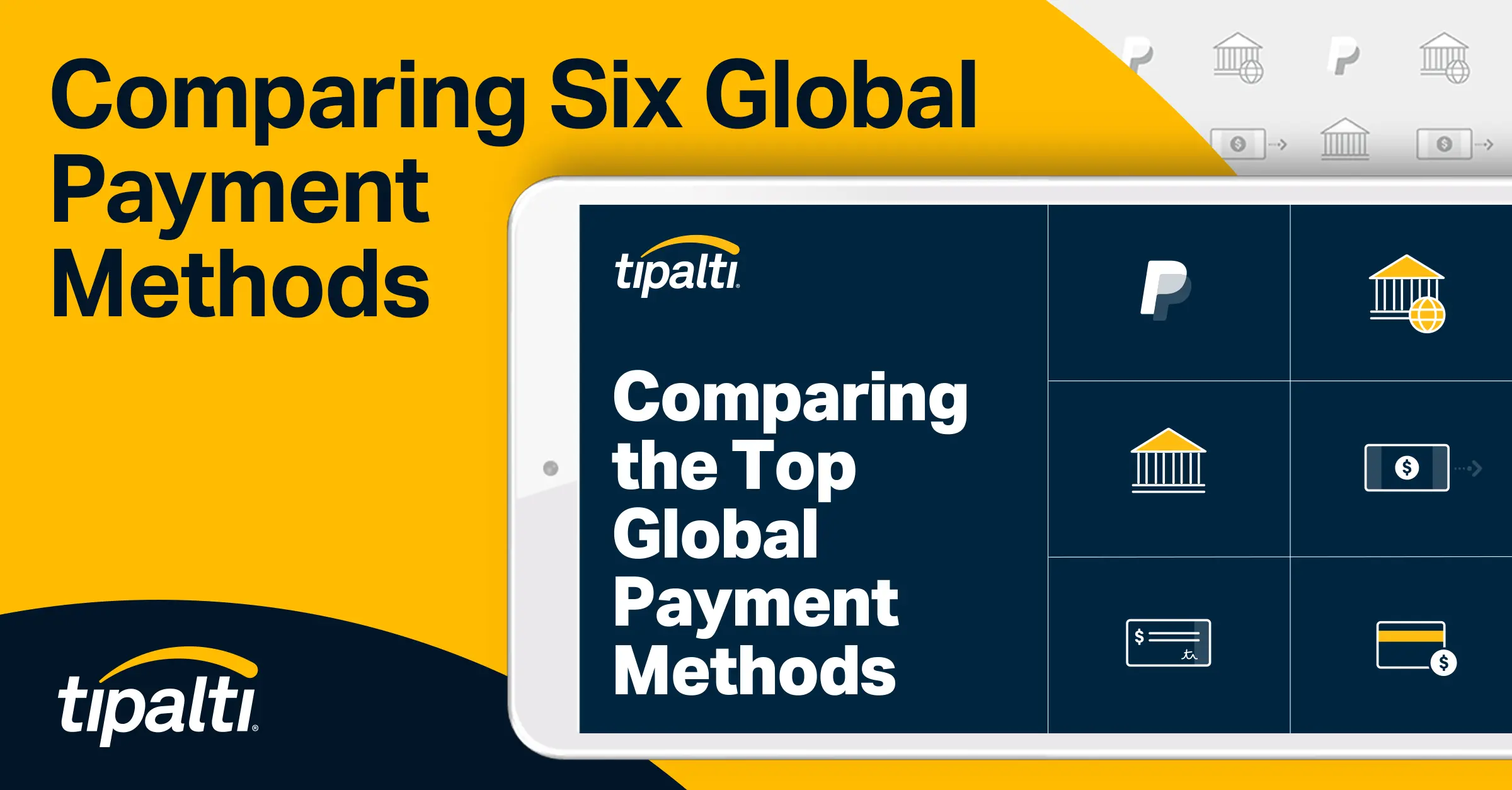ACH stands for “Automated Clearing House.” When ACH payments are processed, it means they have gone through the Automated Clearing House for the purpose of moving money from one bank account to another using an electronic processing method. ACH is a type of electronic funds transfer (EFT).
Nacha, an acronym for National Automated Clearing House Association, regulates ACH transactions. According to Nacha statistics, in 2021, the number of payments processed through the ACH hit 29.1 billion and resulted in $72.6 trillion being transferred.
If you want to learn how to set up ACH payments, we’ve put together a helpful guide to walk you through the process.
Table of Contents
Steps to Setting Up ACH Payments
Start By Setting up Your Account
Before you can set up an ACH payment account, you will need to choose a payment processor, which takes us to the next step.
Choose an ACH Payment Processor
Check with your bank to determine its ACH processing fees. You may find it’s more efficient to connect with an ACH operator or payables automation solution. Comparing the details of features and the workflow from three to four different payment processing operators is an excellent way to choose one that can best meet your needs.
Fill Out Paperwork
You are going to learn a lot about how ACH payments work when you fill out the accompanying paperwork to make them.
To put it simply, ACH payments work by electronically transferring money from one bank account to another. If you are already paying suppliers by check or wire transfer, offering ACH is simply an improvement to your current process.
ACH payments save a lot of time when paying for services. For those accepting the payments, it can result in reduced processing time and fees when compared with wire transfers or checks. As the payer, it gives you the benefit of being able to make payments to vendors without having to enter the vendor’s account information again and again. You can make ACH payments on a one-time or recurring payment basis.
Here’s an overview of how ACH payments work:
• The payment originator initiates the ACH payment by providing permission for the transaction to take place.
• The Originating Depository Financial Institution (ODFI), which is your bank or ACH operator, records the ACH transaction entry.
• Sometime throughout the day, the ODFI will send a batch of ACH requests to the Automated Clearing House or the Federal Reserve. Most ODFIs send anywhere from one to three batches a day.
• Whichever entity received the batches will accept the requests and process them. Once processed, the requests are transmitted to the Receiving Depository Financial Institutions (RDFIs); these are your vendors or employees.
• A credit appears on the RDFI account within one to two days, and a debit will appear on the payer’s (your) account to show that the funds have been deducted.
Understand Types of ACH Payments
There are four basic types of ACH transactions. In the financial industry, these types are referred to as entry classes. As a small business, you will need to be aware of these types to ensure you have a thorough understanding of how ACH payments work.
1. PDD: This means there has been written permission from the payer to have funds electronically debited from his or her account. Writing a check will not qualify as permission when conducting a PDD transaction.
2. WEB: When the payer gives permission over the Internet to have the funds electronically debited, this is known as a WEB ACH transaction. Specific authorization language will be used in the permission process, and this language must be easily and clearly understood by the payer.
3. TEL: With this type of transaction, the payer gives permission over the phone for monies to be debited from his or her account. When a TEL ACH payment takes place, the permission must be recorded for verification purposes.
4. ARC and BOC: With these types of ACH payments, a written check does constitute permission — however, the payer must be notified that the paper check has the potential of being converted for the purpose of conducting an ACH transaction.
Choose the Right Entry Class
Businesses must familiarize themselves with the various entry classes before processing ACH payments. It is usually best to choose a service provider who will acquaint you with how to process the payments correctly.
For example: If a payer provides a valid check and it is processed as a PDD payment and the transaction is disputed, the payment processor will side in his or her favor because the correct entry class was not used. Instead of PDD, it should have been processed as an ARC or BOC ACH payment. There are more than a dozen other entry classes than the ones listed above.
Always Read ACH Payment Terms and Conditions
Another way to learn how ACH payments work is to read through ACH payments terms and conditions. If you choose to partner with an ACH operator, there will be a detailed piece of writing in an easy-to-understand language that fully outlines how the process works and what you can expect. It will also detail the steps you can take to learn more if you have questions or concerns.
Now that you have a better understanding of how ACH payments work and how to set up ACH payments, you will need to pinpoint which vendors accept them. For most businesses, making ACH payments is an excellent way to reduce payment processing expenses.
How to Make an ACH Payment with a Customer
Businesses can accept ACH payments from customers. Some electronic supplier invoices made through accounting software like QuickBooks Online can include a PayNow button to enable the customer sending an ACH (or credit card) payment that the supplier receives.
Steps to initiate an ACH payment with a customer:
- Obtain and enter the customer’s bank account information, including
- Account number
- Routing number
- Bank name
- Account type (checking account or savings account)
- Name on account
- Enter the payment amount.
- Get the customer’s signed ACH authorization form, which may be an electronic document that’s signed.
- Optionally insert a PayNow button into an electronic invoice for online payment or, if applicable, use a retail payment platform like Stripe or Square.
- Schedule the one-time ACH payment or recurring ACH payments.
How to Process ACH Payments
For how to process ACH payments, understand what is needed for an ACH transfer. ACH transfers between bank accounts are processed through the ACH network by its financial institution members. Payment processors and licensed money transmitters make ACH payments for payers. Your business can use AP automation software to make ACH payments.
ACH credit vs ACH debit is the difference between the sender requesting the electronic payment or the receiver requesting the payment.
Are ACH Payments Fast?
Yes. ACH payments are fast but not instantaneous. A typical ACH payment takes 1 to 2 business days and Same Day ACH is a faster option. Nacha has scheduled windows with cutoffs for requesting ACH transfers. Effective March 18, 2022, the Same Day ACH limit per transaction is $1 million.
Benefits of Using ACH Payments
Businesses garner numerous benefits when they make ACH payments. It not only simplifies their business practices, but it also has the potential to enhance the user experience.
No matter the industry you are operating in, making ACH payments has the potential to increase revenue. ACH payments pricing is with lower transaction fees when compared to wire transfers. ACH payments cost much less and are more secure than making paper check payments.
Making ACH payments is particularly beneficial when important to suppliers and partners. For example, offering a choice of payment method to preferred partners can improve the relationship and result in better retention. Freelancers and independent contractors may like getting an ACH direct deposit as an electronic direct payment.
Summing It Up
Using ACH payments is a low-cost payment method for customers to pay suppliers using electronic money transfers. This guide has explained payment details for how to set up an ACH transfer payment within the U.S. between financial institution members of the Automated Clearing House. ACH payment processing is often accomplished through a payment processor company.
Businesses can use a variety of payment options besides ACH. For example, they’ll need to use a different payment method for international cross-border payments because ACH is limited domestic bank transfers in the United States.
One of these other payment methods is global ACH, also known as international ACH transfer. Other payment types include wire transfers, prepaid debit cards, PayPal, and paper checks. Download our eBook, “Comparing the Top Global Payment Methods.”


